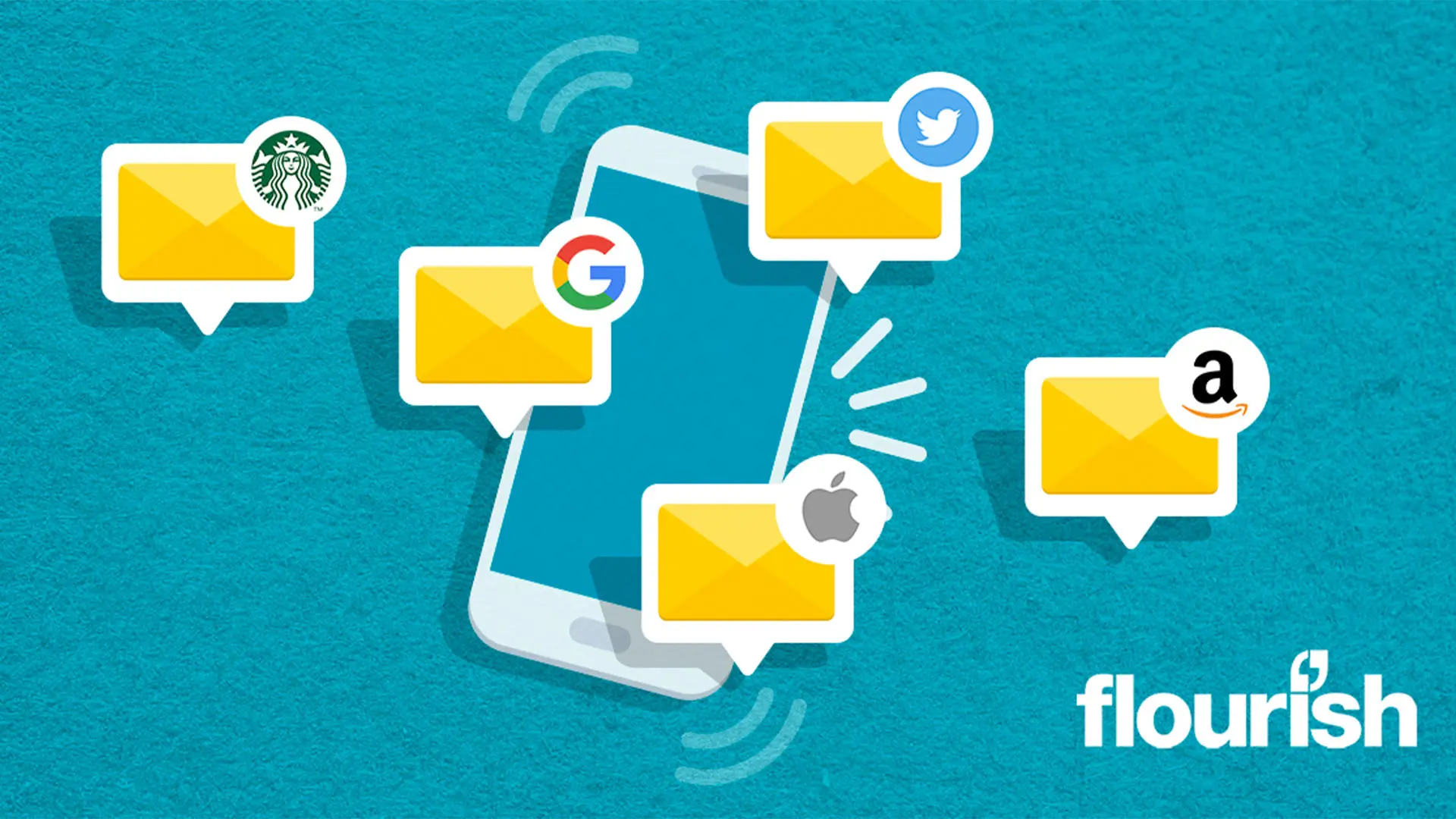Everything you need to know about BIMI for email
BIMI (pronounced: bih-mee) has been a hot topic among email marketers, and for a good reason. We’re seeing an increasing adoption from senders and email clients. But what is BIMI?
What is BIMI?
BIMI stands for Brand Indicators for Message Identification. It’s a new industry standard specification that allows brands to centrally manage the logos displayed on supporting email clients.
Typically, this brand logo is displayed next to the subject line of an authenticated email message. The logo may also appear on other areas of the email client where a brand email address is displayed such as a contact card.
Benefits of BIMI
Reflect your brand image
You spend time and effort crafting branded content, and your email comms should reflect your brand image as much as any other channel. Having your brand logo displayed next to your email message would add that extra small detail to fully brand your communication.
If you don’t use BIMI to display your brand image, it does not mean no avatar will be displayed. Some email clients will display an avatar icon, while others will auto-generate an avatar using the sender’s initials.
Stand out from the crowd
Many email clients display an avatar next to the subject line in the message list. While BIMI adoption is increasing, many senders (potentially including your competitors) are yet to take advantage of it. Having your brand logo displayed instead of the default avatar could help your email messages to stand out and lead to more opens.
Protect your audience
Inboxes are often targeted with different types of attacks, such as phishing in which an email appears to be from a trusted party, but is in fact an attempt to extort the defraud the recipient. But BIMI makes it difficult for malicious senders to spoof a brand logo, soi when your logo is displayed, it can help the recipient verify the email is from your brand. It also makes phishing emails easier to spot, as they will lack brand logos.
How to implement BIMI
Authenticate your sender domain
Before you can implement BIMI, you’ll need to authenticate your sender domain with SPF, DKIM and DMARC. This is highly recommended even if you don’t intend to use BIMI. These authentication methods are what prevent malicious and unauthorized senders from sending emails that appear to be sent from your domain.
Prepare your brand logo file
Your brand logo should be in a square aspect ratio and must be in a secure profile of the SVG format called SVG Tiny Portable/Secure (also known as SVG Tiny PS). The SVG file must be no larger than 32 kilobytes.
Remember to optimise the logo for the context it is going to be displayed in. Email clients are going to be displaying it at a small size in a rectangle (with sharp or rounded edges) or a square. So it’s wise to leave some white space around the logo to avoid clipping.
Host your logo
Your logo file must be hosted and publicly accessible via a secure HTTPS URL.
Publish BIMI DNS record
Now you’re ready to publish a DNS record that holds your BIMI details. At this stage this would be a “self-asserted” BIMI, which isn’t accepted by all email clients.
You can use the BIMI Group’s generator to generate the DNS record and its inspector to validate the record after it’s been published. The inspector also shows previews in light/dark mode and in different image container shapes that are commonly used by email clients.
Verify logo ownership
Some email clients require you to get a Verified Mark Certificate (VMC) to display your logo. A VMC can be issued by a trusted authority who validates the ownership of an organization’s logo. Once you obtain your VMC, you can update your BIMI DNS record with the relevant details.
Not all email clients currently require a VMC, but it is highly recommended. Apple Mail and Gmail are among the email clients that require a VMC to display your BIMI logo.
Email clients supporting BIMI
Several email clients including Apple Mail, Gmail and Yahoo already support the BIMI specification. This means out of all major email clients, Outlook is the only one that does not currently support it.
It’s worth noting that email clients that have a significant market share in certain regions like Web.de, GMX and Seznam.cz are currently considering adding support to BIMI in their email clients.
Need help with implementing BIMI into your email comms? Get in touch with our expert team.



